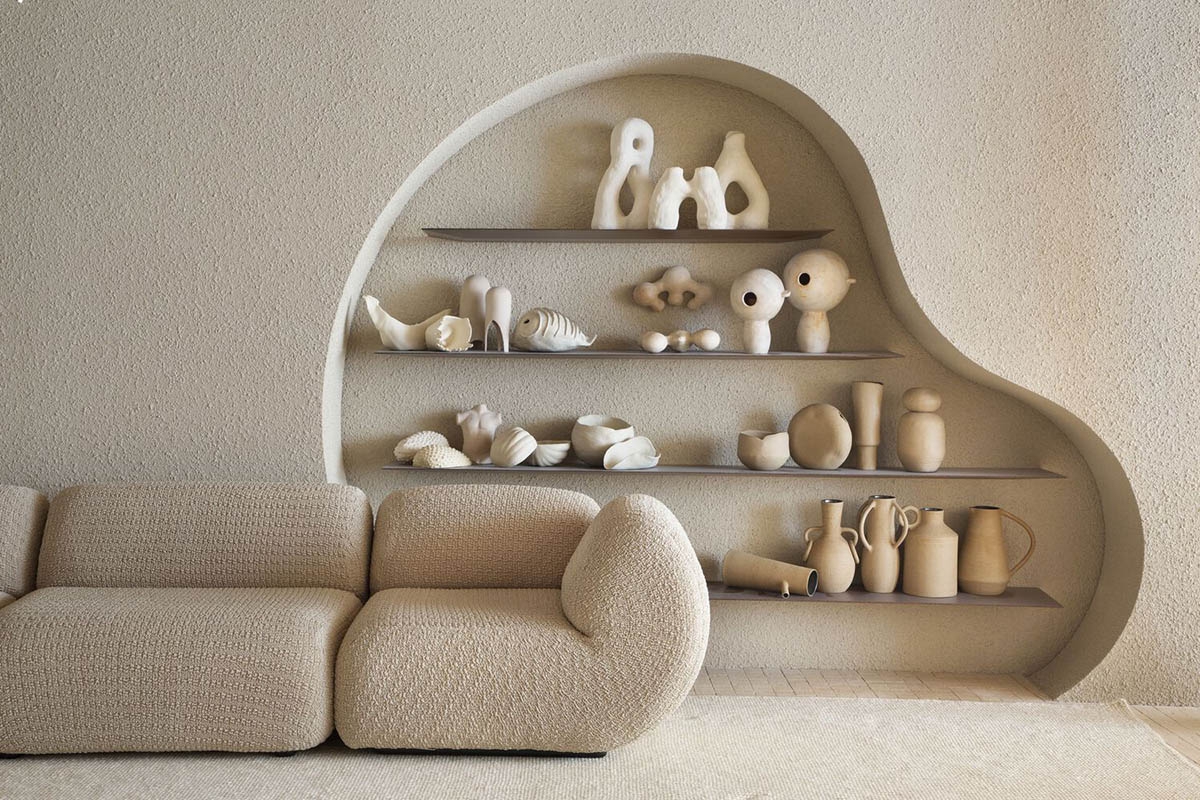
Organic Forms and Natural Shapes in Workplace Design
In the not-too-distant past, bold, eye-catching and geometric design filled workspaces with vibrant and colourful patterns to transform cold and corporate offices into thriving hubs of activity. As with most workspace design trends, they reflect social context and loud, sharp shapes are now leaving the hybrid office to a different kind of aesthetic: organic design.
Organic design is growing in popularity, caused in part by a post-pandemic societal realignment of values and thus, a shift in workplace design towards comfort, wellbeing and nature.
Key to achieving a successful organic and natural environment is the use of organic design forms and shapes combined with other tools such as reconfigurable furniture systems to create space fluidity and natural, muted color schemes.
In this article we’ll be looking at organic design, the role of natural shapes and organic forms and why it’s so effective in workspaces right now.
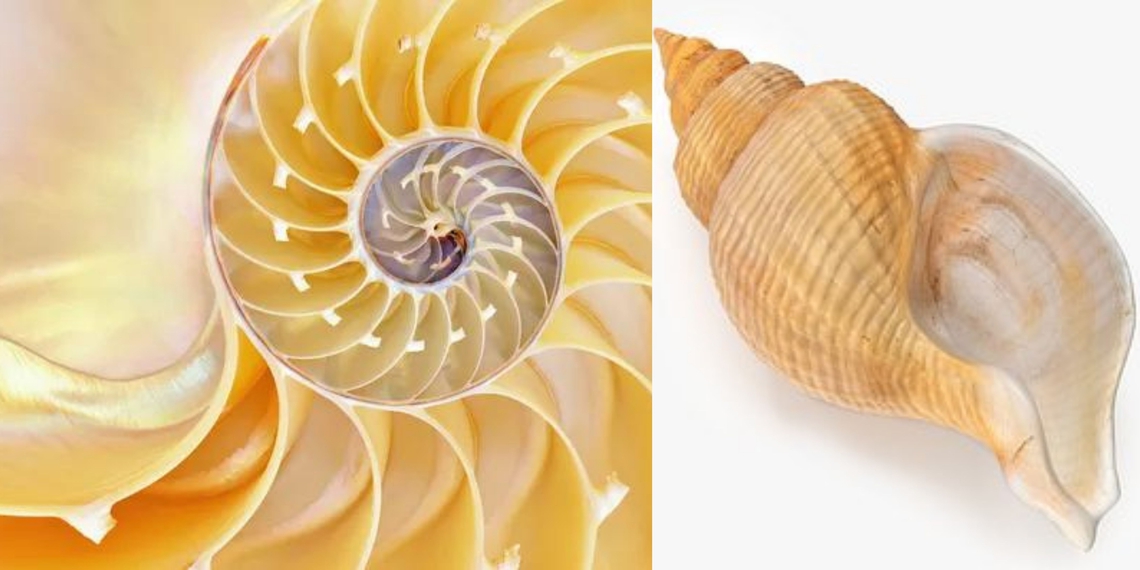
Taking cues from nature, organic design principles emphasize minimalism and promote harmony between the man-made elements and the natural world. This is more relevant than ever in the workplace, where businesses can attract people back to the office by offering a softer and more welcoming environment.
Organic design trends encourage the use of natural forms, sustainable materials and minimalism, opting for clean lines, neutral color palettes and generally speaking, few flourishes or embellishments.
Post-pandemic, the world has seen a switch in attitudes back toward simplicity and nature as well as a tendency to suffer from technological fatigue. Providing an organic design in the office can combat this, as well as make employees feel more “at home”.

The use of organic design forms and shapes, which draw inspiration from nature help to achieve this. Organic shapes are free-flowing, and unregulated by exact dimensions. Organic shapes are what biophilic design would call biomorphic forms - shapes that imitate natural ones - think leaves, ocean waves, rock formations and clouds.
Organic design aims to imitate the wide-open spaces of the outdoors and bring natural elements inside, using biophilic design principles such as a focus on natural lighting, using plants and greenery to recreate the outdoors and promoting space fluidity through flexible, modular furniture.
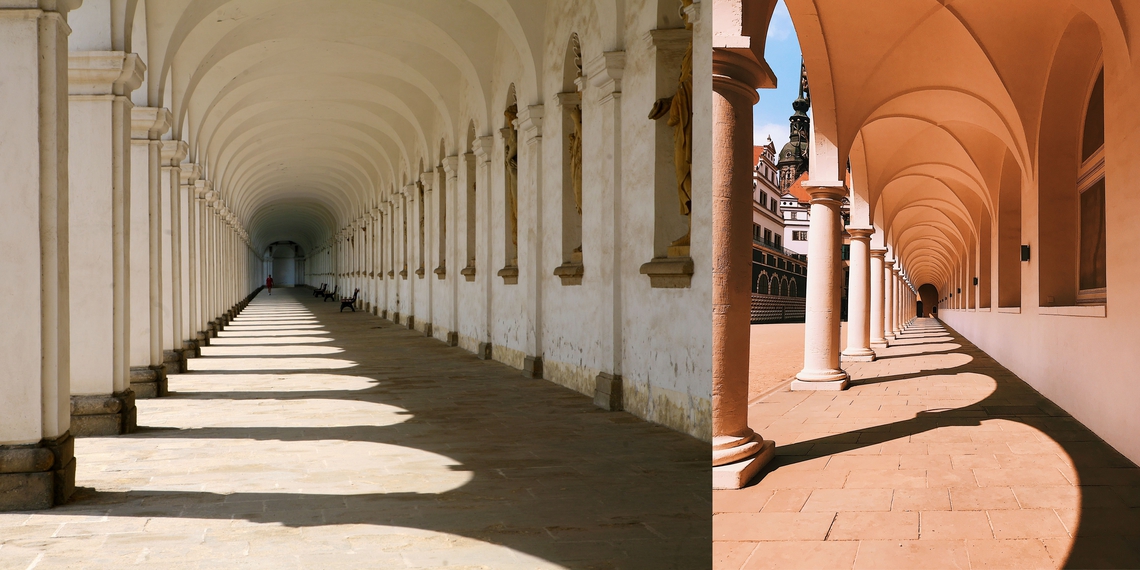
Spatial shapes and layouts have a behavioural and emotional effect on employees that trigger a subconscious change in attitudes, behaviours and moods.
Like color, the use of shapes has psychological effects on people within the workplace, and a combination of these tools can create a brand-new landscape for work.
Experts have studied the psychological impact of shapes for years, concluding that there is an undeniable link between certain shapes and ways of thinking, that when utilised can help us promote certain attitudes and behaviours, particularly useful in organic workplace design.
Circles and other circular shapes like ovals and ellipses are some of the most classically used shapes in design and have a unique connotation. Unlike other geometric shapes, circles don’t have angles, making them appear softer, gentler and more friendly than other shapes. Circles also represent unity, protection and completion.
Curves and softer design features are timeless, with ancient constructions such as the Roman Colosseum and Greek Agora designed with curves in their architecture, drawing inspiration from natural organic forms in their archways and curved lines. Circular in shape, these buildings represented community, bringing together neighbours into one space.
Organic shapes are never uniform, unbound by rules or measurements, they mirror the random formations that are found in nature, where rockery is both smooth and rough, rolling hills are curved and fluid and tree branches reach out arbitrarily.
Organic shapes can also suggest movement in design, as when we think of movement we think of natural and biological creatures and elements; crashing waves, flying birds and dancing flames. Capturing this in workspace design promotes ideas of freedom and agility.
When using organic forms in the workplace, although there is some level of regulation and measurement required, designing furniture pieces with curves, and circular features, experimenting with textures and using the psychology of shapes can transform an office into a more natural, welcoming environment.

It’s no secret that our workspace environment has a significant impact on our mood and wellbeing. When considering nature in design, the benefits to employees in the workspace are even greater. Just being able to see nature, real or represented in artwork, has been shown to increase self-esteem and mood, especially among younger people.
Creating workspaces that feel peaceful, natural, soft and nurturing help us build environments where we feel calmer and are better pre-disposed to deal with stress. A research poll of North American employees found that access to natural light and views of the outdoors are the number one attribute of the workplace environment, outranking popular benefits such as onsite gyms and childcare services. Employees said that access to natural light and views improves their overall happiness and wellbeing (78%), work satisfaction (73%), work performance (70%) and organizational commitment (54%).
The impact is not just about greater engagement levels, organic design has physical health benefits, with workers in daylight office environments reporting a 51% drop in eyestrain, a 63% drop in headaches and a 56% reduction in drowsiness.
Experiments have shown that the exposure of employees to nature through the sound of running water and forest scents not only improved subjective measures of stress, but also physiological factors like heart rates and blood pressure.

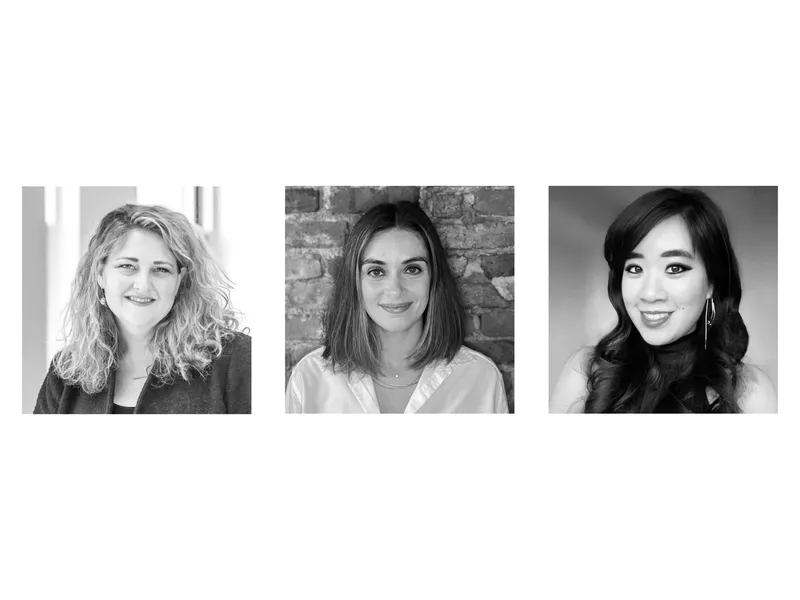
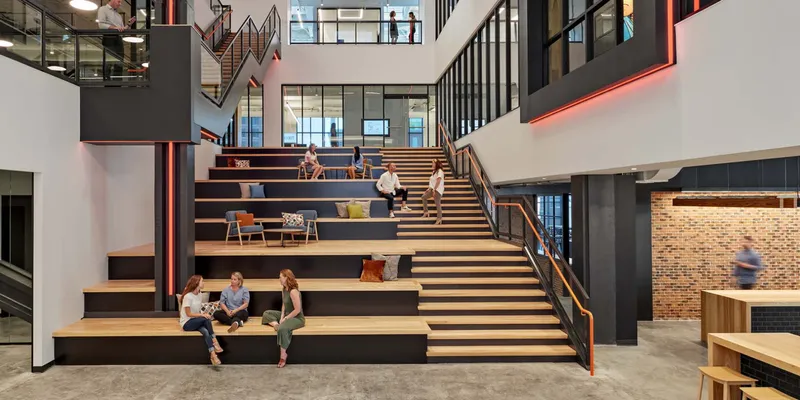
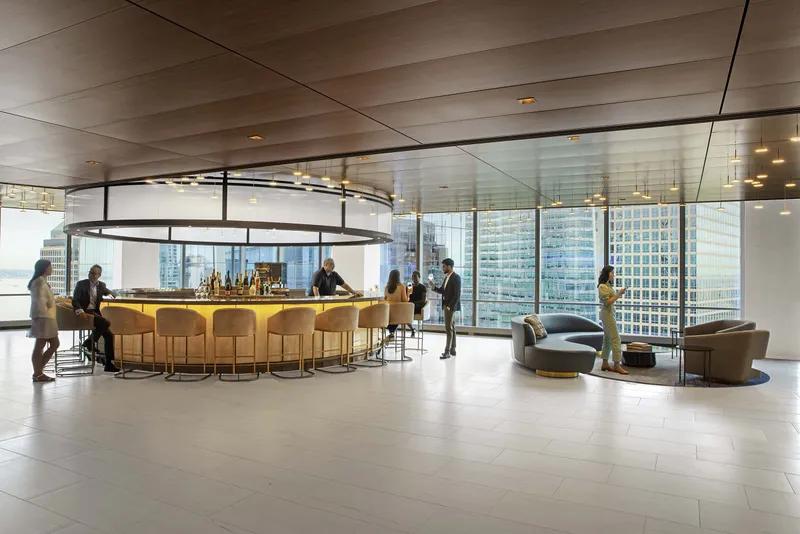
A luxurious and elegant workplace designed to celebrate their exceptional brands, culture and values
NOURRITURE BOISSON
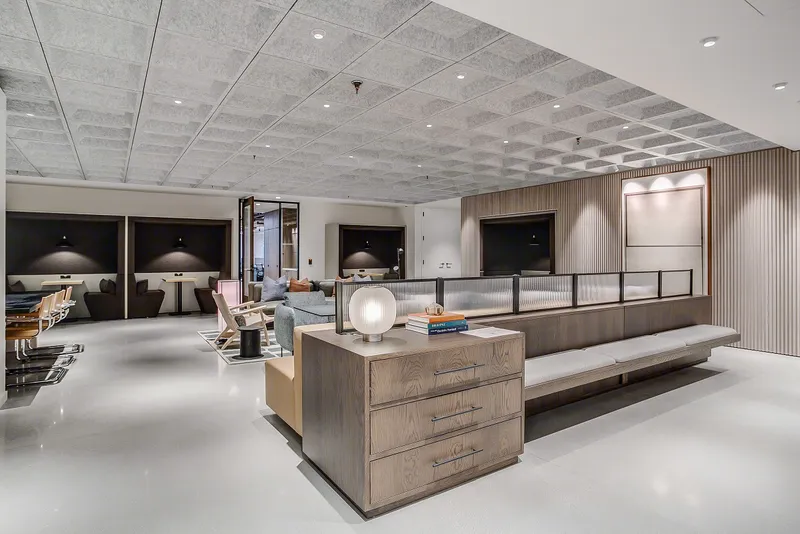
A custom-designed workspace with residential vibes at 225 Liberty Street
IMMOBILIER
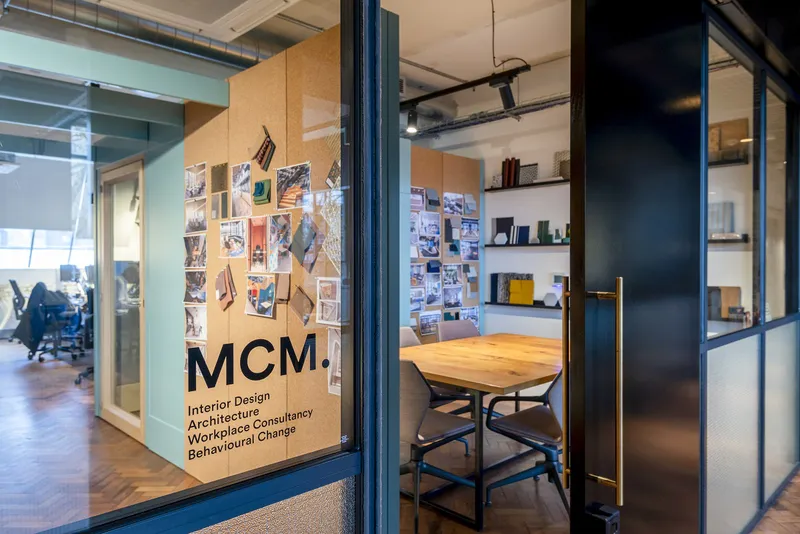
Focusing on flexibility, the new pilot space for leading architecture firm MCM allows experimentation with new ways of …
ARCHITECTURE & CONCEPTION
